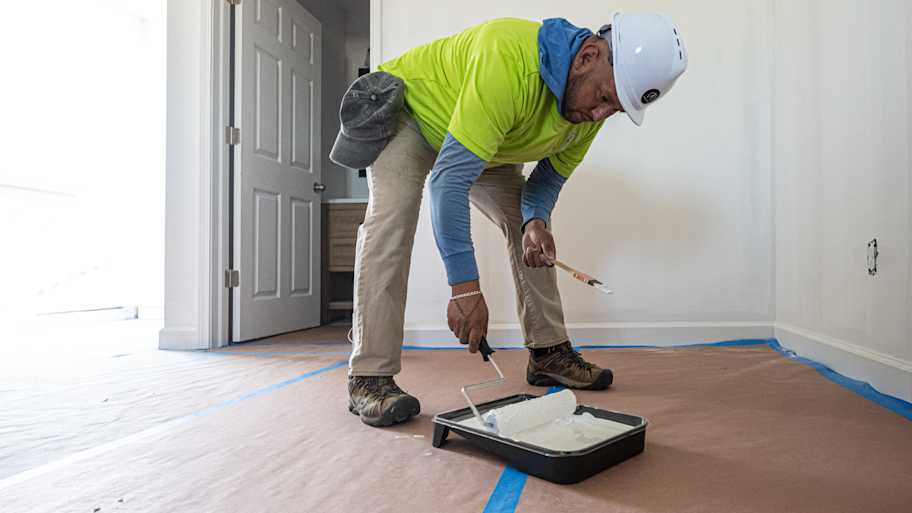What Is German Schmear? Everything You Need to Know
Enhance your brick easily


German schmear is a technique that uses mortar wash to change the color and texture of brick.
This method is easy to do yourself and more affordable than similar techniques, so long as you have the time to apply it.
While German schmear can last a decade when you want it to, it’s difficult to remove.
If you’re looking for a low-cost and convenient way to update any bricks in your home, you need to know about the German schmear. Also sometimes called the German smear, this method involves smearing white mortar wash on dark masonry to give it a lighter color and interesting texture. This guide will teach you the basics of German schmear, along with whether or not you can do it yourself or hire an expert.
What Is German Schmear?

German schmear involves smearing a cement-based mortar wash over brick, giving it a rugged, white tint. Some people use it to restore or repair old or broken masonry, and others use it simply for its unique aesthetic appeal, whether that’s by repainting a brick fireplace or adding a lighter tone to an interior brick wall.
The standard ratio for a German schmear mixture is 70% cement-based mortar to 30% water. This ratio should create a mortar slurry with the consistency of peanut butter or a thick milkshake.
You can change this ratio depending on the look you want for your brick. If you'd prefer a heavily-textured German schmear with more depth, try adding less water to the mixture. For a thinner, more translucent finish, add more water.
Pros and Cons of German Schmear
German schmear has a lot of upsides, but there are also a handful of downsides worth considering before you commit to this method.
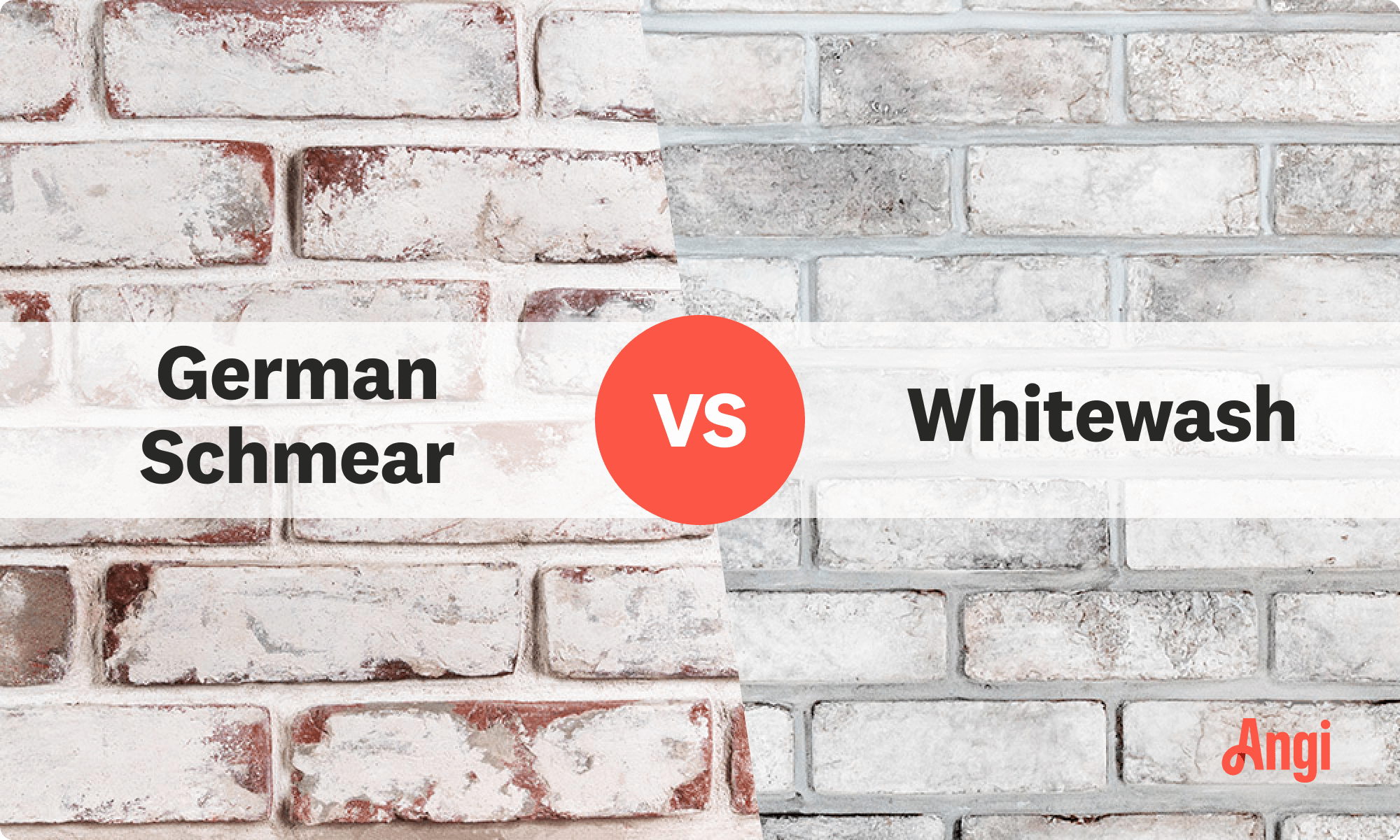
Pros of German Schmearing
Transforming brick with German schmear is a popular DIY project for several reasons. Even homeowners who aren’t particularly handy can tackle this job, and it’s an adaptable, cost-effective way to change the look of your brickwork.
It’s Easy to DIY
In comparison to other brick-staining methods, the German schmear is almost impossible to do incorrectly. As long as you take care to wash and prepare the brick first, actually applying the mortar is the easy part. There’s no need to worry about uneven application or spotty staining.
It’s Adaptable
Along with being easy to apply, German schmear is also highly adaptable and can be a great fit for so many different styles. The effect you create is entirely up to you and determined by how much mortar wash you use and exactly how you smear it onto your brick.
Go all-in to add a sun-washed effect and a 3D texture. Or, apply it in a way where you can still see bits of the original brick color poking through.
Durability
Mortar wash adds an extra layer of protection to brick masonry, keeping it safe from the elements and minimizing the need for regular upkeep. While most brick-painting methods require extra attention every few years, German-schmeared brick will still look as good as it did on day one almost a decade down the line.
Affordability
The cost to hire a pro to German schmear a home ranges from $1,500 to $3,000, which is much less than the average $7,000 it costs to paint a brick house with the help of a pro. Additionally, if you have the confidence for a DIY German schmear project, you'll only spend about $30 on materials for up to 1,000 square feet of brick. This is enough for even large German schmear exterior projects.
Cons of German Schmearing
While there’s plenty to love about this technique, there are a few drawbacks to consider before you commit. It’s a labor-intensive process that can take longer than you think, and once you decide to do it, it’s difficult to remove.
There’s a Lengthy Installation
Though the German schmear application process is relatively easy, it can take a lot of time to complete the project. Depending on the size of your working surface, you may need anywhere from a few days to a few weeks to finish.
A local exterior painter or interior painter (depending on where your brick is) will likely be able to get the job done quicker than if you were to DIY. Most pros can start and finish within a week. When it’s time to hire a painter, just make sure to find out if the painting pros in your area know the ins and outs of applying a German schmear.
It Can’t Be Applied to Every Brick Surface
While the German schmear can be adapted to so many styles, there are a couple of brick surfaces where it can’t be applied. If the brick is already painted or varnished, for example, the mortar wash won’t adhere, meaning you won’t get the effect you were looking for.
You always need to take care to remove any existing paint or finish because only bare brick surfaces are suitable for a German schmear job.
It’s Difficult to Remove
Mortar wash is a great shield for brick and stone masonry because it forms a protective layer. Unfortunately, this shield also happens to be extremely difficult to remove.
This is a con for more reasons than one. If you decide to DIY German schmear your brick, for example, any mistakes you may make are more likely to be permanent (though mistakes are pretty rare with this method). Additionally, if you decide you don’t really love the look or get tired of it after a while, it’s nearly impossible to remove (without damaging the underlying brick, at least).
Ways to Use the German Schmear Technique
German schmear can enhance and transform the look of any brickwork in your home. You can use it to:
Brighten a dark brick fireplace
Update a brick backsplash in the kitchen
Change the look of a brick accent wall
Modernize your home’s exterior
Refinish a brick patio or walkway
How Can You German Schmear Your Brick?
If you want to German schmear your brick yourself, you’ll need the following tools and supplies:
Tools:
Putty knife
Shop vacuum
Bucket
Sponge or sponge roller
Supplies:
Premixed mortar
Plastic drop cloth
Soap and water
Rag or scrub brush
Prep the Brick
For the best results from your German schmear, you need to properly prepare the bricks. First, vacuum the brick’s surface to remove dust and other particulates and then wash it with soap and water, using a rag or scrub brush. Lay down a drop cloth to protect your floors or catch any falling mortar.
Mix the Mortar
You can either use premixed mortar as is or thin it out in a bucket for a more sheer shmear. Apply a test patch to a small section of brick so you can be sure you’ve got the right consistency.
Wet the Brick
Before you get started, wet the brick with a sponge or sponge roller. This will keep the mortar from setting too quickly, so wet each section as you work.
Apply the Mortar
Working in small sections, apply the mortar with a trowel or putty knife. Apply mortar to the grout lines to ensure they get filled, then use your putty knife to smear the mortar across the bricks. If you’ve applied too much mortar to a section, remove the excess with the putty knife and scrape it back into your bucket to use on the next section. You can also use a damp sponge to remove mortar and wipe off any mistakes.
Let the Mortar Dry
Drying times will vary based on the consistency of the mortar used, how thick it’s applied to the bricks, and the ambient temperature and humidity. Mortar usually takes 24 to 48 hours to fully set.
Cost to German Schmear Brick
The cost to German schmear an entire house ranges from $2,500 to $7,500, depending on the size, location, and details of your home. Doing it yourself will cost $30 per 1,000 square feet in materials, but don’t underestimate the time and labor you’ll spend on the project. While it’s more of an investment than the cost to paint your home’s interior, the price may be worth it to save yourself many hours of labor-intensive work.
DIY vs. Hiring a Pro
German schmear is one of the most DIY-friendly painting techniques for brick, but you should do as much research as possible before choosing whether to take it on. While this technique is forgiving, it takes practice to get right. It’s also an incredibly labor-intensive project, and we don’t recommend homeowners take on large German schmear projects solo.
A local interior painter has the skills, tools, and experience to efficiently German schmear your home exterior. It’s expensive, but you’ll get a beautiful result without spending your precious free hours painting, and you’ll avoid the risks of getting up on a tall ladder.
Frequently Asked Questions
The difference between whitewash and German schmear is in the materials used and their effect. To whitewash brick, you use latex paint diluted with water for a semi-translucent finish that shows some of the original brick. German schmear uses wet mortar to create a rough texture that partially covers the brick and softens straight lines. German schmear is more irregular and much more durable.
You do not have to seal German schmear. The mortar itself acts as a sealant for the bricks to which it's applied. Some people do choose to seal German schmear as an extra layer of protection, but this step isn't necessary for most brick projects. You get all the durability with just the German schmear itself.
When comparing which is better between German schmear, whitewash, and limewash, your answer will depend on the look you're going for. German schmear is the best option for those who want a heavily distressed look for their brick without full coverage. Whitewash is best if you like the current brick color and want it to show through. Limewash paint is best for full coverage.
Yes, you can do German schmear on stone. You can account for the more textured and rough surface of stone by using a large paintbrush instead of a putty knife. A brush allows you to drag mortar across the stone to get it into all the cracks and crevices. However, a brush will cover more of the surface, so you may need a wet sponge to scrub excess mortar and expose more of your stone.
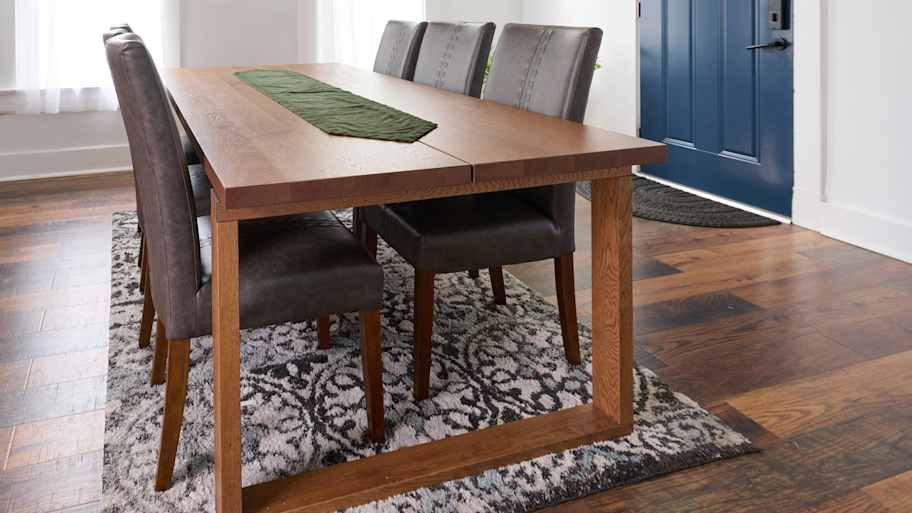

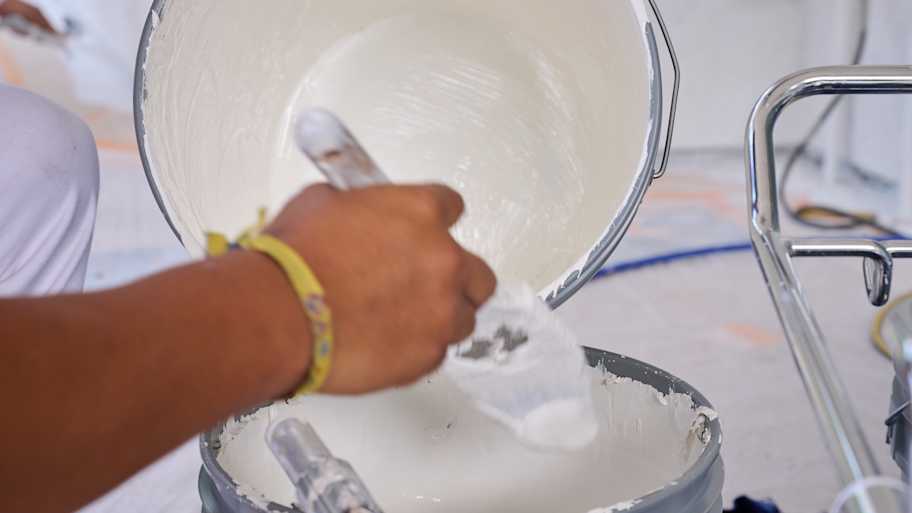
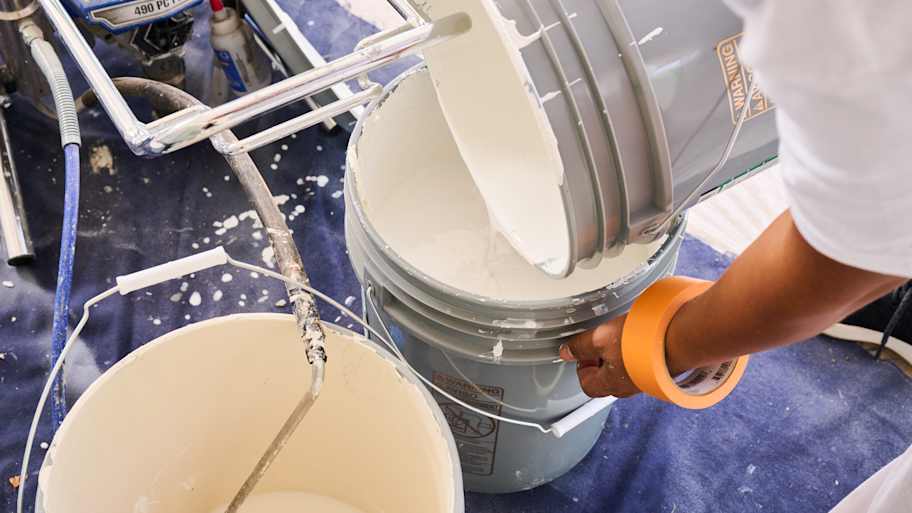
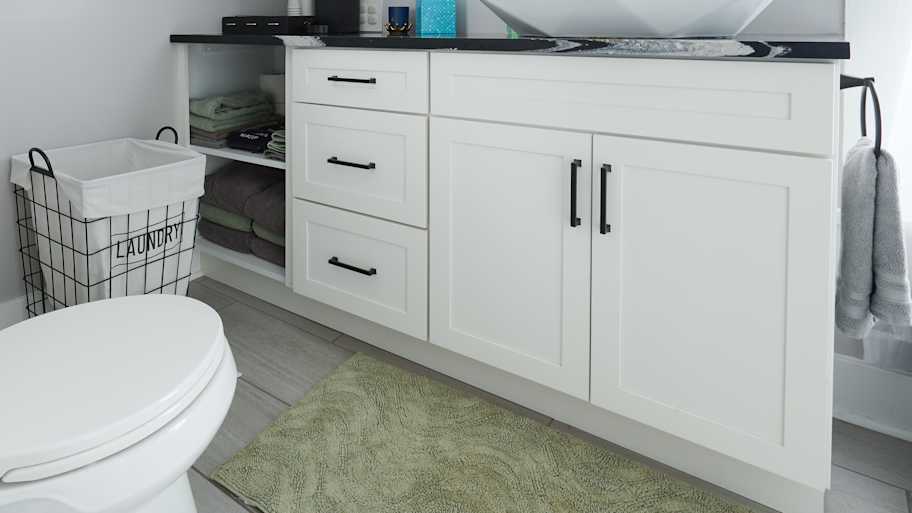
- German Schmear vs. Whitewash: Which One Is Right for Your Brick?
- German Smear vs. Limewash: Which Method Is Better?
- How Do You Clean Mortar off Bricks?
- The Ultimate DIY Guide to Repairing a Damaged Brick Patio
- 8 Tips for Mixing Brick and Stone Exteriors for a Cohesive Look
- Building Blocks: The Pros and Cons of a Brick House
- Pros and Cons of Painting Exterior Brick
- 7 Must-Know Tips for Using Exposed Brick in Your Home
- Key Brick House Maintenance Tips
- Brick Stain vs. Paint: Which One Is Better for Your Home?



